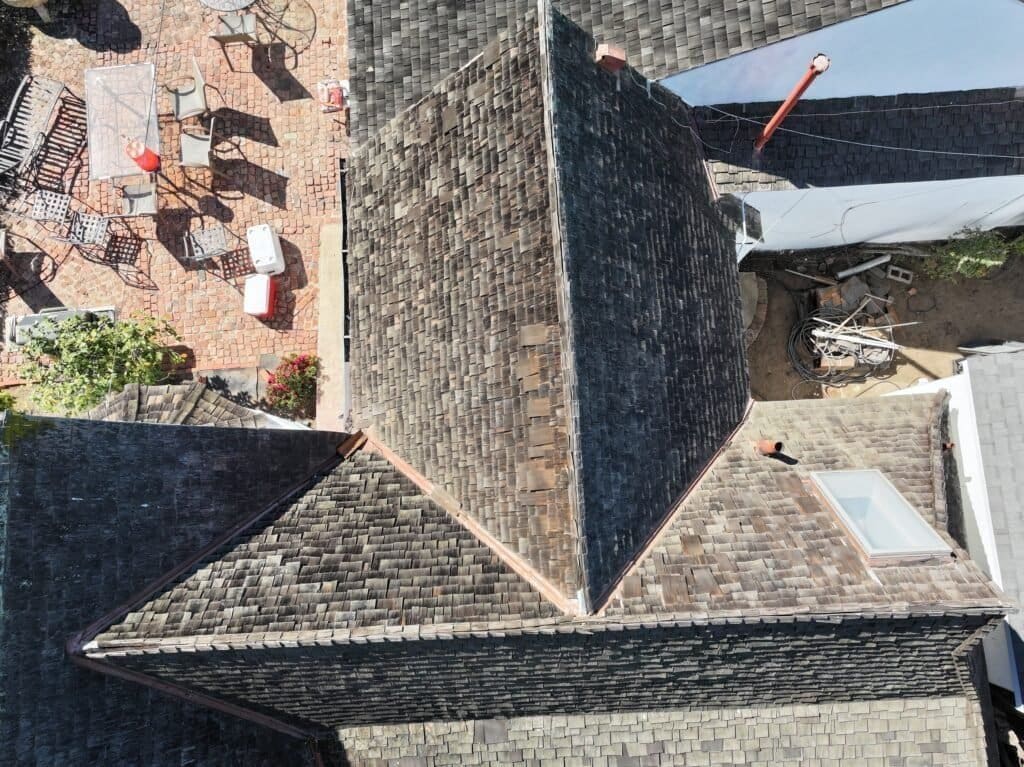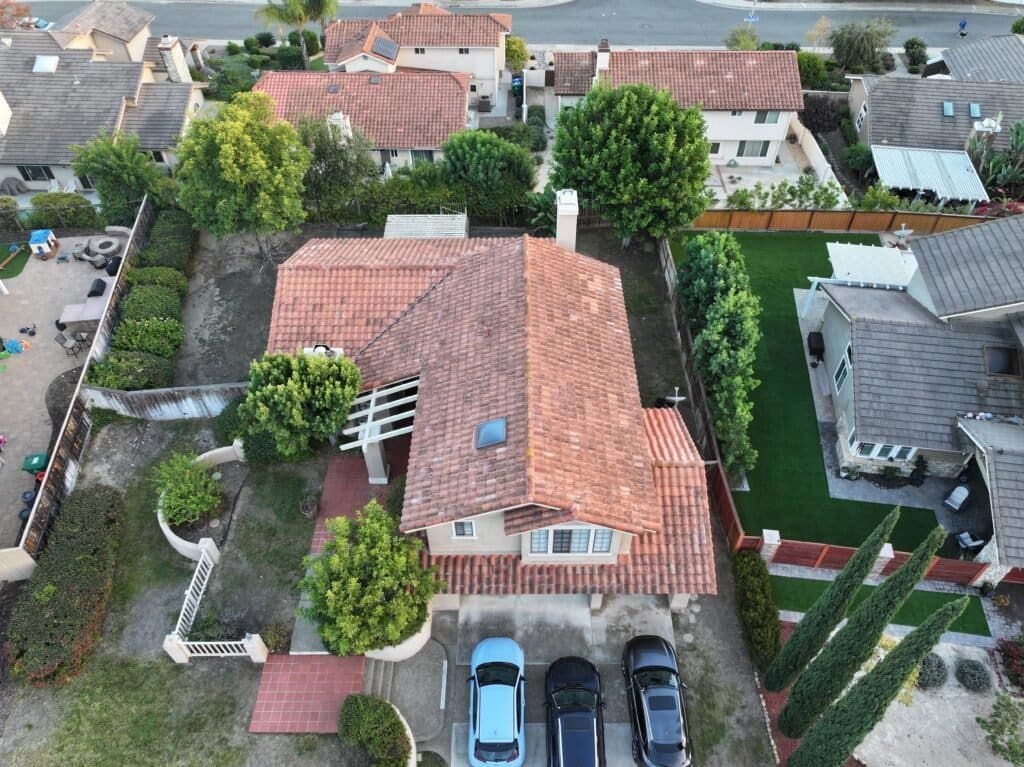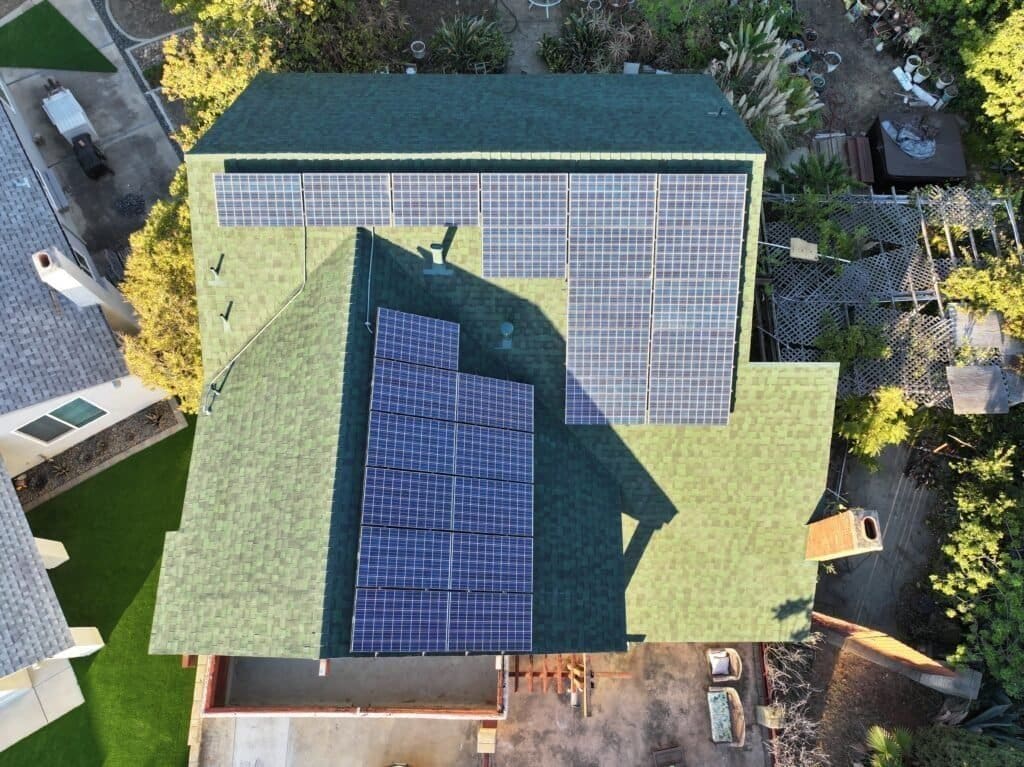
Roof replacement: When do you need to replace your roof? What are the signs?






When it comes to protecting your home, your roof plays a crucial role. Over time, wear and tear can lead to the need for a roof replacement. Whether you’re experiencing roof leaks, missing shingles, or simply want to enhance your home’s curb appeal, understanding the roof replacement process is key. In this guide, we’ll explore when to consider a reroof, how to choose the right materials, and what to expect during the installation.
When to Consider Roof Replacement
- Age of the Roof: Most architectural asphalt shingle roofs last about 20-25 years. Strip shingles, also known as 3-tab, last 17 or 18 years. If yours is approaching this age, it may be time to assess its condition.
Attic ventilation plays a big role in how long asphalt shingles will last. A hot attic will dry out a shingles prematurely.
- Visible Damage: Look for signs such as curled or missing shingles, cracked tiles, or a sagging roof structure. These could indicate serious problems.
- Water Damage: Stains on your ceiling or walls can signal leaks that may require a full replacement if the damage is extensive.
- Excessive Moss or Algae: While superficial, growth can lead to moisture retention, causing deterioration beneath the surface.
Choosing the Right Roofing Materials
Selecting the right materials is vital for durability, aesthetics, and energy efficiency. Here are some popular options:
- Asphalt Shingles: Affordable and common, these shingles come in various colors and styles, making them a popular choice for many homeowners.
- Clay and Concrete Tiles: These options are not only durable but also offer a distinct look. They’re great for warm climates, as they help keep homes cooler.
- Slate: Although more costly, slate roofs boast unmatched beauty and longevity, potentially lasting over a century.
The Roof Replacement Process
- Drone Roof Inspection: Richardson Roofing will assess your current roof, identifying damage and evaluating structural integrity.
- Material Selection: Decide on the roofing material that fits your budget and matches your home’s style.
- Preparation: The area around your home will be prepared, including protecting plants and landscaping and ensuring proper waste disposal.
- Removal of Old Roofing: The old roof will be stripped down to the sheathing, allowing for a thorough inspection and repair of any damage.
- Installation: New roofing materials are installed following best practices for weatherproofing and ventilation.
- Final Inspection: After the installation, a final inspection ensures everything is properly secured and meets local building codes.
Maintenance Tips Post-Replacement
Once your new roof is installed, regular maintenance can extend its lifespan:
- Regular Inspections: Have your roof inspected at least once a year, and after severe storms.
- Clean Gutters: Keep gutters and downspouts clear of debris to prevent water buildup.
- Trim Overhanging Branches: Branches that touch your roof can cause damage and invite pests.
Conclusion
Re-roofing can be a significant investment, but it’s essential for the safety and comfort of your home. Understanding when to replace your roof, what materials are available, and what the process entails can make the experience smoother. If you’re considering a roof replacement, contact Richardson Roofing for a consultation and let our experts guide you every step of the way!
Are you ready to discuss your roof replacement project? Contact Richardson Roofing at 858-284-9093 today! We give free estimates for roof replacement, and expert advice tailored to your needs!
Richardson Roofing has been serving San Diego County for over 33 years.


